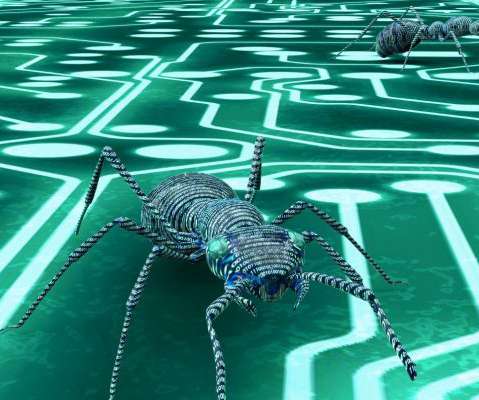GUEST ESSAY. Everyone should grasp these facts about cyber threats that plague digital commerce
The Last Watchdog
FEBRUARY 28, 2021
From mining cryptocurrency to launching DDoS attacks against networks, there are countless ways in which malware can access and utilize victim’s computers and data. Malware can be categorized based on how it behaves (adware, spyware and ransomware), and how it propagates from one victim to another (viruses, worms and trojans).















Let's personalize your content